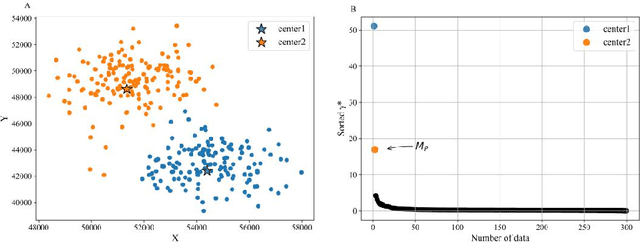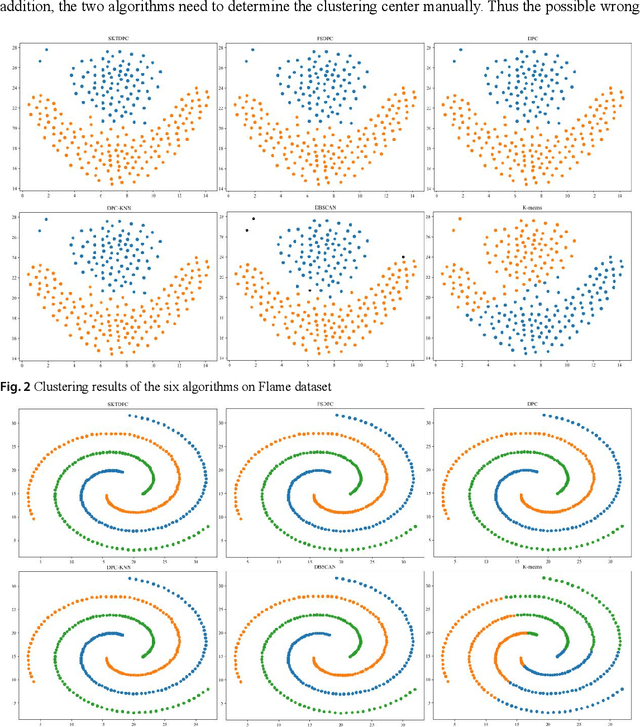Yuxin Cui
DecompileBench: A Comprehensive Benchmark for Evaluating Decompilers in Real-World Scenarios
May 16, 2025Abstract:Decompilers are fundamental tools for critical security tasks, from vulnerability discovery to malware analysis, yet their evaluation remains fragmented. Existing approaches primarily focus on syntactic correctness through synthetic micro-benchmarks or subjective human ratings, failing to address real-world requirements for semantic fidelity and analyst usability. We present DecompileBench, the first comprehensive framework that enables effective evaluation of decompilers in reverse engineering workflows through three key components: \textit{real-world function extraction} (comprising 23,400 functions from 130 real-world programs), \textit{runtime-aware validation}, and \textit{automated human-centric assessment} using LLM-as-Judge to quantify the effectiveness of decompilers in reverse engineering workflows. Through a systematic comparison between six industrial-strength decompilers and six recent LLM-powered approaches, we demonstrate that LLM-based methods surpass commercial tools in code understandability despite 52.2% lower functionality correctness. These findings highlight the potential of LLM-based approaches to transform human-centric reverse engineering. We open source \href{https://github.com/Jennieett/DecompileBench}{DecompileBench} to provide a framework to advance research on decompilers and assist security experts in making informed tool selections based on their specific requirements.
DreamBench++: A Human-Aligned Benchmark for Personalized Image Generation
Jun 24, 2024Abstract:Personalized image generation holds great promise in assisting humans in everyday work and life due to its impressive function in creatively generating personalized content. However, current evaluations either are automated but misalign with humans or require human evaluations that are time-consuming and expensive. In this work, we present DreamBench++, a human-aligned benchmark automated by advanced multimodal GPT models. Specifically, we systematically design the prompts to let GPT be both human-aligned and self-aligned, empowered with task reinforcement. Further, we construct a comprehensive dataset comprising diverse images and prompts. By benchmarking 7 modern generative models, we demonstrate that DreamBench++ results in significantly more human-aligned evaluation, helping boost the community with innovative findings.
A density peaks clustering algorithm with sparse search and K-d tree
Mar 02, 2022



Abstract:Density peaks clustering has become a nova of clustering algorithm because of its simplicity and practicality. However, there is one main drawback: it is time-consuming due to its high computational complexity. Herein, a density peaks clustering algorithm with sparse search and K-d tree is developed to solve this problem. Firstly, a sparse distance matrix is calculated by using K-d tree to replace the original full rank distance matrix, so as to accelerate the calculation of local density. Secondly, a sparse search strategy is proposed to accelerate the computation of relative-separation with the intersection between the set of k nearest neighbors and the set consisting of the data points with larger local density for any data point. Furthermore, a second-order difference method for decision values is adopted to determine the cluster centers adaptively. Finally, experiments are carried out on datasets with different distribution characteristics, by comparing with other five typical clustering algorithms. It is proved that the algorithm can effectively reduce the computational complexity. Especially for larger datasets, the efficiency is elevated more remarkably. Moreover, the clustering accuracy is also improved to a certain extent. Therefore, it can be concluded that the overall performance of the newly proposed algorithm is excellent.
ComplexFace: a Multi-Representation Approach for Image Classification with Small Dataset
Feb 21, 2019



Abstract:State-of-the-art face recognition algorithms are able to achieve good performance when sufficient training images are provided. Unfortunately, the number of facial images is limited in some real face recognition applications. In this paper, we propose ComplexFace, a novel and effective algorithm for face recognition with limited samples using complex number based data augmentation. The algorithm first generates new representations from original samples and then fuse both into complex numbers, which avoids the difficulty of weight setting in other fusion approaches. A test sample can then be expressed by the linear combination of all the training samples, which mapped the sample to the new representation space for classification by the kernel function. The collaborative representation based classifier is then built to make predictions. Extensive experiments on the Georgia Tech (GT) face database and the ORL face database show that our algorithm significantly outperforms existing methods: the average errors of previous approaches ranging from 31.66% to 41.75% are reduced to 14.54% over the GT database; the average errors of previous approaches ranging from 5.21% to 10.99% are reduced to 1.67% over the ORL database. In other words, our algorithm has decreased the average errors by up to 84.80% on the ORL database.
A Deep Learning Algorithm for One-step Contour Aware Nuclei Segmentation of Histopathological Images
Mar 07, 2018



Abstract:This paper addresses the task of nuclei segmentation in high-resolution histopathological images. We propose an auto- matic end-to-end deep neural network algorithm for segmenta- tion of individual nuclei. A nucleus-boundary model is introduced to predict nuclei and their boundaries simultaneously using a fully convolutional neural network. Given a color normalized image, the model directly outputs an estimated nuclei map and a boundary map. A simple, fast and parameter-free post-processing procedure is performed on the estimated nuclei map to produce the final segmented nuclei. An overlapped patch extraction and assembling method is also designed for seamless prediction of nuclei in large whole-slide images. We also show the effectiveness of data augmentation methods for nuclei segmentation task. Our experiments showed our method outperforms prior state-of-the- art methods. Moreover, it is efficient that one 1000X1000 image can be segmented in less than 5 seconds. This makes it possible to precisely segment the whole-slide image in acceptable time
 Add to Chrome
Add to Chrome Add to Firefox
Add to Firefox Add to Edge
Add to Edge